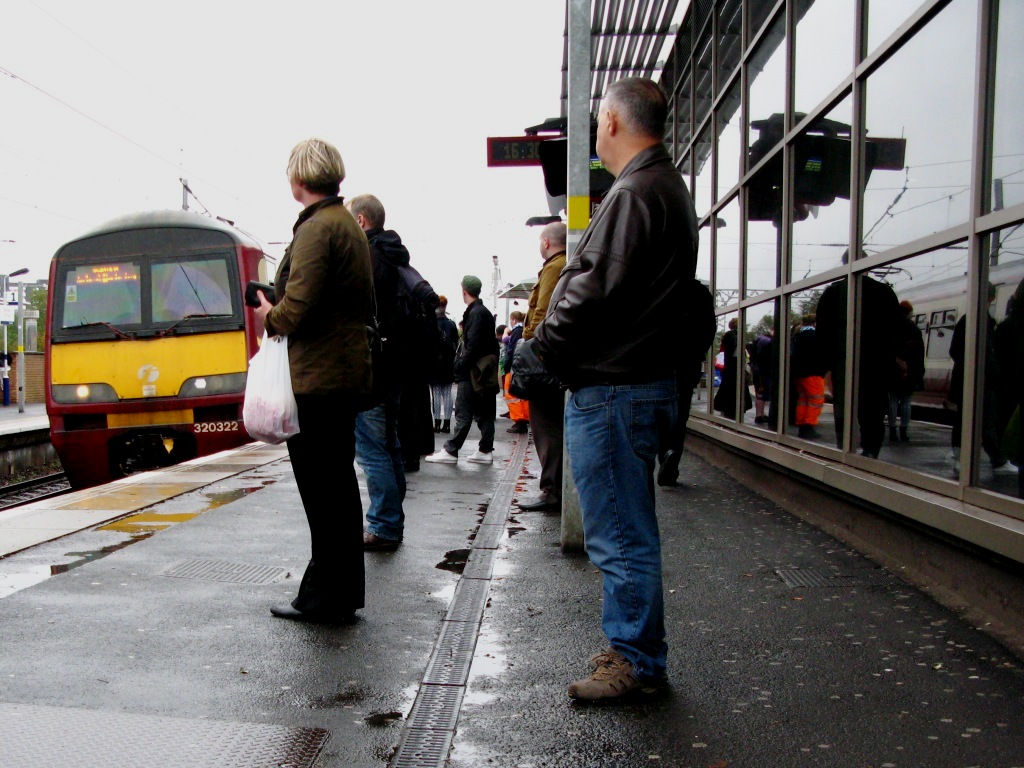|
Partick (other)
{{dab, station ...
Partick is an area in Glasgow. It may also refer to * Partick (UK Parliament constituency) * Partick station * Partick F.C., a historical football club * Glasgow Partick (UK Parliament constituency) See also * Partick Thistle F.C., professional footbal club * Partick Thistle W.F.C., women's footbal club * Partick Castle * Partick Central railway station * Patrick (other) Patrick may refer to: *Patrick (given name), list of people and fictional characters with this name *Patrick (surname), list of people with this name People *Saint Patrick (c. 385–c. 461), Christian saint * Gilla Pátraic (died 1084), Patrick o ... [...More Info...] [...Related Items...] OR: [Wikipedia] [Google] [Baidu] |
Partick
Partick ( sco, Pairtick, Scottish Gaelic: ''Partaig'') is an area of Glasgow on the north bank of the River Clyde, just across from Govan. To the west lies Whiteinch, to the east Yorkhill and Kelvingrove Park (across the River Kelvin), and to the north Broomhill, Hyndland, Dowanhill, Hillhead, areas which form part of the West End of Glasgow. Partick was a Police burgh from 1852 until 1912 when it was incorporated into the city.Second City of The Empire: 1830s to 1914 from theglasgowstory.com. Retrieved 22 December 2011. Partick is the area of the city most connected with the , and several Gaelic agencies, such as the Gaelic Books Council ( |
Partick (UK Parliament Constituency)
Partick was a county constituency represented in the House of Commons of the Parliament of the United Kingdom from 1885 until 1918. A division of the county of Lanarkshire, its territory was incorporated into the city of Glasgow in the 1890s. For the 1918 general election, it was largely replaced by the new Glasgow Partick constituency, a division of the city of Glasgow. Boundaries From 1885 the constituency consisted of "So much of the Parish of Govan as lies north of the Clyde and beyond the present boundary of the municipal burgh of Glasgow, and so much of the parish of Barony as lies to the west of the present main line of railway between Glasgow and Edinburgh of the North British Railway Company (being the old Edinburgh and Glasgow Railway The Edinburgh and Glasgow Railway was authorised by Act of Parliament on 4 July 1838. It was opened to passenger traffic on 21 February 1842, between its Glasgow Queen Street railway station (sometimes referred to at first as ... [...More Info...] [...Related Items...] OR: [Wikipedia] [Google] [Baidu] |
Partick Station
, symbol_location = gb , symbol = rail , symbol2 = glasgow , image = Partick station new facade.jpeg , caption = The new façade of ''Partick station'' after a lengthy renovation , borough = Partick, City of Glasgow , country = Scotland , coordinates = , grid_name = Grid reference , grid_position = , manager = ScotRail , platforms = 2 , disabled = , code = PTK , transit_authority = SPT , original = British Railways , opened = Butt (1995), page 181 , mpassengers = , footnotes = Passenger statistics from the Office of Rail and Road Partick station is an interchange station in the Partick area of Glasgow, Scotland. Along with an adjacent bus station, it forms one of the main transport hubs in Glasgow. The station is served by Glasgow Subway and National Rail services ... [...More Info...] [...Related Items...] OR: [Wikipedia] [Google] [Baidu] |
Partick F
Partick ( sco, Pairtick, Scottish Gaelic: ''Partaig'') is an area of Glasgow on the north bank of the River Clyde, just across from Govan. To the west lies Whiteinch, to the east Yorkhill and Kelvingrove Park (across the River Kelvin), and to the north Broomhill, Hyndland, Dowanhill, Hillhead, areas which form part of the West End of Glasgow. Partick was a Police burgh from 1852 until 1912 when it was incorporated into the city.Second City of The Empire: 1830s to 1914 from theglasgowstory.com. Retrieved 22 December 2011. Partick is the area of the city most connected with the , and several Gaelic agencies, such as the Gaelic Books Council ( |
Glasgow Partick (UK Parliament Constituency)
Glasgow Partick was a burgh constituency represented in the House of Commons of the Parliament of the United Kingdom from 1918 until 1950. Boundaries The previous 1885–1918 county constituency consisted of "So much of the Parish of Govan as lies north of the Clyde and beyond the present boundary of the municipal burgh of Glasgow, and so much of the parish of Barony as lies to the west of the present main line of railway between Glasgow and Edinburgh of the North British Railway Company (being the old Edinburgh and Glasgow Railway) and beyond the present boundary of the municipal burgh of Glasgow." In 1918 the constituency consisted of "That portion of the city which is bounded by a line commencing at a point on the municipal boundary at the centre line of the North British Railway (Stobcross Branch), thence south-eastward along the centre line of the said North British Railway to the centre line of the River Kelvin, thence south-westward along the centre line of the ... [...More Info...] [...Related Items...] OR: [Wikipedia] [Google] [Baidu] |
.jpg)
